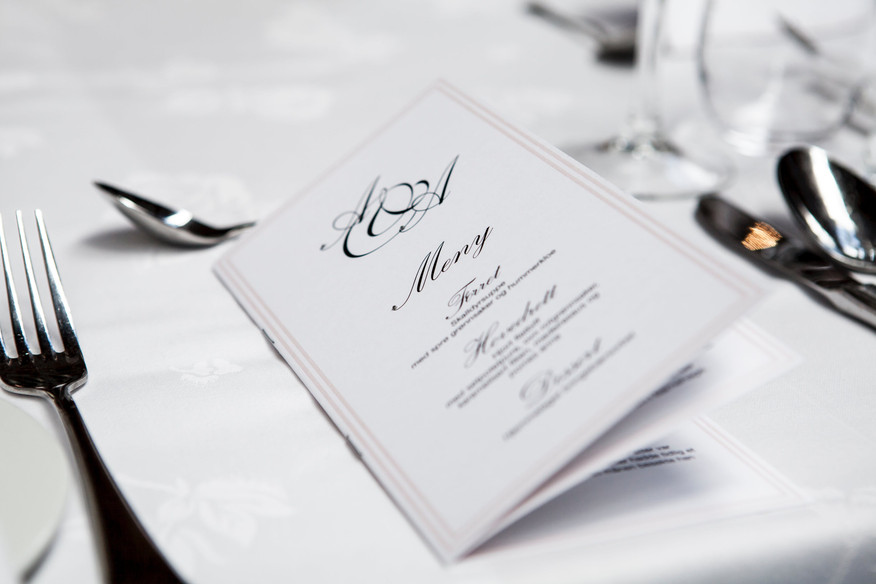Jun 27th 2016 - Guest
Creating A Lucrative Layout: Setting Up A Profitable Menu For Your Restaurant
In a food-centric business like a restaurant, menu construction is every bit as important as building the eatery's facade. From shaping your restaurant's image to cementing your brand to generating the very revenue that will keep the money rolling in and the debt collectors out, your menu is the backbone of your entire enterprise. Therefore, reaching profitability is paramount, and that's only possible through thoughtful engineering and design.Greg Rapp is a menu engineer who has spent his 30-year career helping restaurants build profit through superior menu design. In a recent article, Rapp discussed his experience finding success using these four steps:
1 - Costing Your Menu
Food cost is the make-or-break foundation of your entire business. Finding the delicate balance between saving money and sacrificing quality isn't easy, but it is essential. The formula is basic and widely applicable, and involves dividing your menu price by the total cost of a dish's ingredients, then incorporating overhead costs like labor, taxes, marketing and rent. As Rapp mentions, "Establishments absolutely must cost their menu to the penny for food (not labor) costs because the engineering process depends heavily on the profitability level of each menu item."
2 - Categorizing Your Menu
Think of menu categorization like building an edible outline. You'll start with broad groups like appetizers, entrees, side dishes, desserts and drinks, then further break down each section with sub-headers like vegetarian, seafood, alcoholic and non-alcoholic; or by structure, as in sandwiches, soups and salads. Industry pro and Panera Bread's director of concept Danny Carberry knows the importance of categorization, saying, "The longer it takes a customer to make a decision about their selection, the more opportunity they have to deviate from the choices you want them to make. Use the short attention span of most guests reading a menu to your advantage and present your items in a legible format that’s not too crowded and isn’t over designed."
In order to whittle down your current list of offerings, you'll need to give each one a label:
- Stars: high profitability, high popularity
- Plow-horses: low profitability, high popularity
- Puzzles: high profitability, low popularity
- Dogs: low profitability, low popularity
3 - Designing Your Menu
Menu design is about looks but it's also about evaluating those labels you just created and making them work for you. The process is complicated, but as Simonne Dubois, content marketing intern for Food Genius, puts it, "You want to maximize your stars, minimize your workhorses… strategically place puzzles to increase sales, and reconsider dogs." It's simple, but it works.
Design also includes strategizing where to place certain items on the physical menu itself. People tend to read a menu starting at the upper right corner, then continuing either clockwise or in a zigzag fashion. Items with pictures, bolded text or highlighted in separate boxes or with color will get the most attention, so put your most profitable items there.
4 - Testing Your Menu
Your first draft shouldn't be your final one. Creating a profitable menu is a process, and the ultimate product will need to be tweaked according to customer reaction and feedback. These four steps aren't meant for single use; rather you'll find yourself starting over at number one every time your profit margins start to sag. Roll out the new design just for lunch or in a few key locations of your restaurant's chain, and see what happens to your profits, adjusting the layout and cuisine concepts accordingly.
Menu design is a repetitive, never-ending process, but when money and customer satisfaction is on the line, it's 100 percent worth it.
See all Menu Covers and Menu Holders at menu-holders-and-guest-check-presenters

